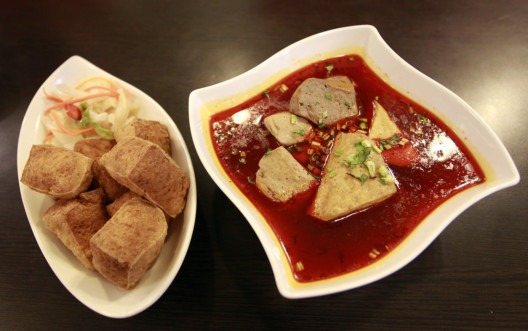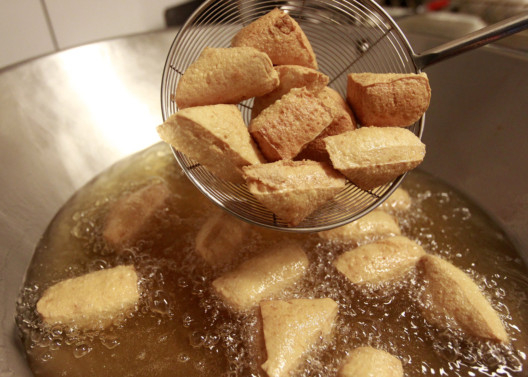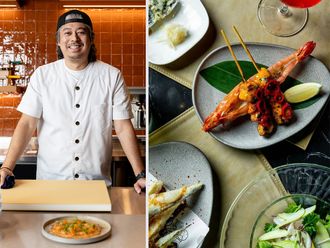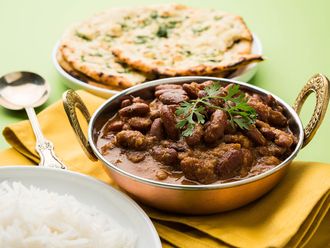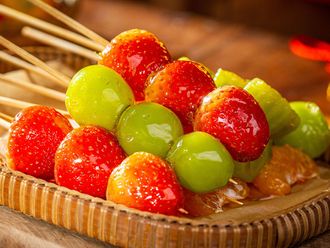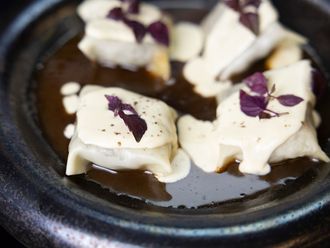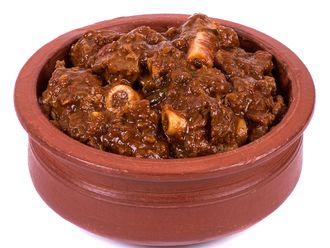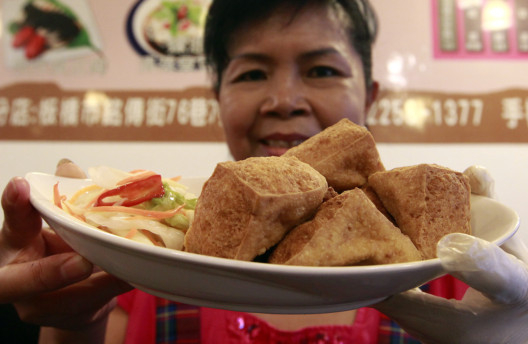
The smellier, the better. That’s the rule in Taiwan for stinky tofu, a popular fermented snack that assaults the nose but pleases the palate.
The scent, a cross between burning garbage and body odour, wafts through the narrow alleys of street markets on the East Asian island, overwhelming the tang of fruit stalls and the smoky aroma of barbecue stands. But with long queues at any given stinky tofu outlet, there’s no denying its appeal.
Stewed, braised or deep-fried, the dish can come garnished with pickled cabbage, bamboo shoots, “thousand-year-old” eggs or congealed duck blood.
“It’s hard on the nose but easy on the tongue,” said the operator of a small stand in Shenkeng Laojie (Old Street) on the eastern outskirts of the capital, who gave her surname as Chen.
A 15-year veteran of the area of Taipei, home to dozens of stinky tofu restaurants, Chen makes a grilled version doused in a chunky, salty sauce and served with vegetables. Enjoyed under the awning of a temple next door, the soft white curds melt in the mouth like pudding as the tell-tale whiff races up the nose.
For a different experience, try Yong Feng Dage Restaurant in the night market of National Taiwan Normal University in central Taipei. Its crispy skin tofu has a crackling consistency surrounding the chewy, cakey goodness within. Each cube has an “injection” of soya sauce that gushes out with every bite.
The secret of the stink is the fermentation process that can take several days to a week. Restaurants are fiercely protective of their recipes for the brine that can consist of anything from Chinese cabbage and tea leaves to meat, shrimp or milk.
Jiaziyuan Restaurant in New Taipei City, which serves nearly 20 varieties of stinky tofu, adheres to a strict vegan regime, using mountain spring water as the marinade base and Chinese medicinal herbs for flavouring.
Co-owner Chen Laihao says stinky tofu is rich in beneficial bacteria akin to those in yogurt. One of her bestsellers, a mala (hot peppercorn) soup variety, features rich, doughy tofu in a broth of peppers, ginger, mushrooms and black beans.
“I’ve had plenty of foreigners come in here refusing to touch it and then finding themselves pleasantly surprised at the taste,” she said.
Tales of the origin of stinky tofu are as diverse as the dish itself. But most varieties are thought to have roots in the southeastern maritime areas of greater China, according to the SoyInfo Center in California.
Many legends say it was an accidental creation by a careless hawker in Qing Dynasty China who left his tofu stewing for an entire season but found the foul-smelling outcome to be tasty.
Regardless of its true origin, stinky tofu has won converts outside the Chinese-speaking world and even made CNN’s list of the world’s most delicious foods in 2011.
“It smells wretched,” said Sarah Byrne, a Canadian based in Taipei. “But I like the flavour. It’s definitely an acquired taste.”



